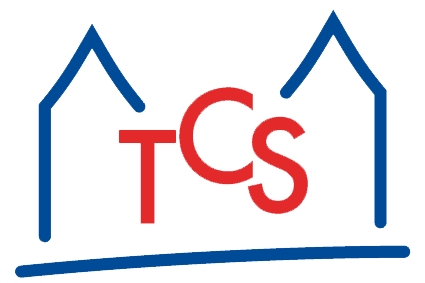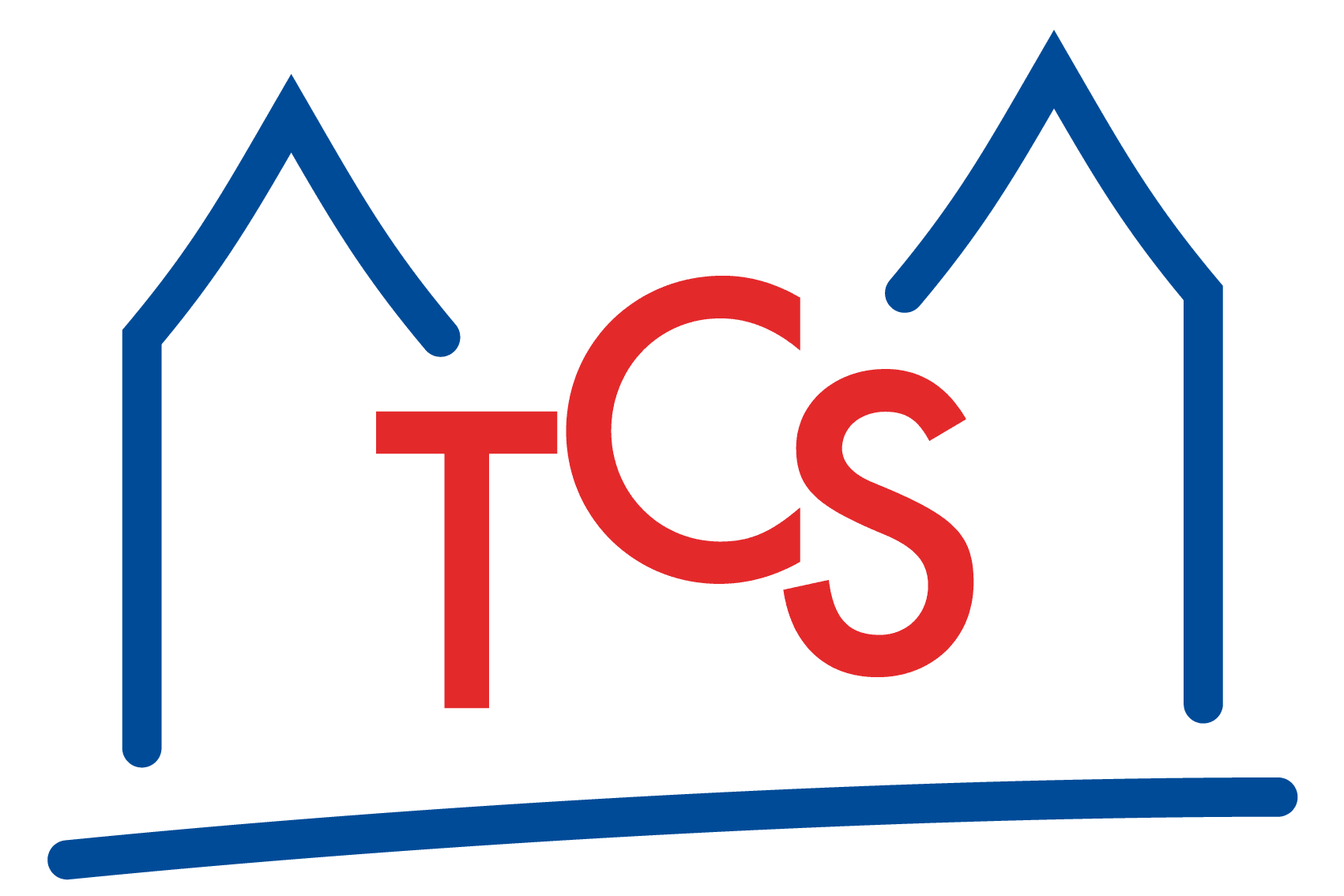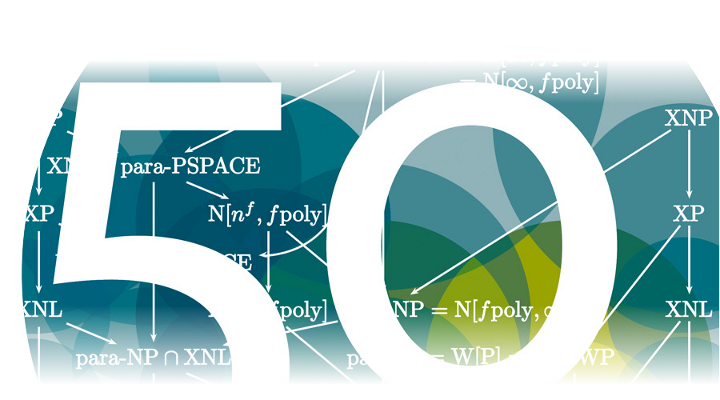- Max Bannach, Sebastian Berndt:
Practical Access to Dynamic Programming on Tree Decompositions.
MDPI Algorithms, 2019.
Special Issue: New Frontiers in Parameterized Complexity and Algorithms
Go to website | Show abstract
Parameterized complexity theory has led to a wide range of algorithmic breakthroughs within the last few decades, but the practicability of these methods for real-world problems is still not well understood. We investigate the practicability of one of the fundamental approaches of this field: dynamic programming on tree decompositions. Indisputably, this is a key technique in parameterized algorithms and modern algorithm design. Despite the enormous impact of this approach in theory, it still has very little influence on practical implementations. The reasons for this phenomenon are manifold. One of them is the simple fact that such an implementation requires a long chain of non-trivial tasks (as computing the decomposition, preparing it, …). We provide an easy way to implement such dynamic programs that only requires the definition of the update rules. With this interface, dynamic programs for various problems, such as 3-coloring, can be implemented easily in about 100 lines of structured Java code. The theoretical foundation of the success of dynamic programming on tree decompositions is well understood due to Courcelle’s celebrated theorem, which states that every MSO-definable problem can be efficiently solved if a tree decomposition of small width is given. We seek to provide practical access to this theorem as well, by presenting a lightweight model checker for a small fragment of MSO1
(that is, we do not consider “edge-set-based” problems). This fragment is powerful enough to describe many natural problems, and our model checker turns out to be very competitive against similar state-of-the-art tools.
- Katharina Dannenberg, Jesper Jansson, Andrzej Lingas, Eva-Marta Lundell:
The Approximability of Maximum Rooted Triplets Consistency with Fan Triplets and Forbidden Triplets.
Discrete Applied Mathematics, 257:101-114, 2019.
Go to website - Tom Hartmann, Max Bannach, Martin Middendorf:
Sorting Signed Permutations by Inverse Tandem Duplication Random Losses.
IEEE/ACM Transactions on Computational Biology and Bioinformatics, 2019.
Go to website | Show abstract
Gene order evolution of unichromosomal genomes, for example mitochondrial genomes, has been modelled mostly by four major types of genome rearrangements: inversions, transpositions, inverse transpositions, and tandem duplication random losses. Generalizing models that include all those rearrangements while admitting computational tractability are rare. In this paper we study such a rearrangement model, namely the inverse tandem duplication random loss (iTDRL) model, where an iTDRL duplicates and inverts a continuous segment of a gene order followed by the random loss of one of the redundant copies of each gene. The iTDRL rearrangement has currently been proposed by several authors suggesting it to be a possible mechanisms of mitochondrial gene order evolution. We initiate the algorithmic study of this new model of genome rearrangement by proving that a shortest rearrangement scenario that transforms one given gene order into another given gene order can be obtained in quasilinear time. Furthermore, we show that the length of such a scenario, i. e., the minimum number of iTDRLs in the transformation, can be computed in linear time.
- Maciej Liskiewicz, Matthias Lutter, Rüdiger Reischuk:
Proper learning of k-term DNF formulas from satisfying assignments.
Journal of Computer and System Sciences, 106:129-144, 2019.
Go to website | Show abstract
In certain applications there may be only positive examples available to learn concepts of a class of interest. Furthermore, learning has to be done properly, i.e. the hypothesis space has to coincide with the concept class, and without false positives, i.e. the hypothesis always has to be a subset of the real concept (one-sided error). For the well studied class of k-term DNF formulas it has been known that learning is difficult. Unless RP=NP, it is not feasible to learn k-term DNF formulas properly in a distribution-free sense even if both positive and negative examples are available and even if false positives are allowed.
This paper constructs an efficient algorithm that, for fixed but arbitrary k and q, if examples are drawn from q-bounded distributions, it properly learns the class of k-term DNFs without false positives from positive examples alone with arbitrarily small relative error.
- Benito van der Zander, Maciej Liskiewicz, Johannes Textor:
Separators and adjustment sets in causal graphs: Complete criteria and an algorithmic framework.
Artificial Intelligence, Vol. 270, Pages 1-40, (270):1-40, 2019.
Go to website
- Max Bannach, Till Tantau:
On the Descriptive Complexity of Color Coding.
In Proceedings of STACS 2019, LIPIcs, LIPIcs,
2019.
Go to website | Show PDF | Show abstract
Color coding is an algorithmic technique used in parameterized
complexity theory to detect ``small'' structures inside graphs. The
idea is to derandomize algorithms that first randomly
color a graph and then search for an easily-detectable, small color
pattern. We transfer color coding to the world of descriptive
complexity theory by characterizing -- purely in terms of the
syntactic structure of describing formulas -- when the powerful
second-order quantifiers representing a random coloring can be
replaced by equivalent, simple first-order formulas. Building on
this result, we identify syntactic properties of first-order
quantifiers that can be eliminated from formulas describing
parameterized problems. The result applies to many packing and
embedding problems, but also to the long path problem. Together with a
new result on the parameterized complexity of formula families
involving only a fixed number of variables, we get that many
problems lie in FPT just because of the way they are
commonly described using logical formulas.
- Max Bannach, Sebastian Berndt:
Positive-Instance Driven Dynamic Programming for Graph Searching.
In Proceedings of the 16th Algorithms and Data Structures Symposium (WADS 2019), Springer,
2019.
Show PDF | Show abstract
Research on the similarity of a graph to being a tree – called the treewidth of the graph – has seen an enormous rise within the last decade, but a practically fast algorithm for this task has been discovered only recently by Tamaki (ESA 2017). It is based on dynamic program- ming and makes use of the fact that the number of positive subinstances is typically substantially smaller than the number of all subinstances. Al- gorithms producing only such subinstances are called positive-instance driven (PID). We give an alternative and intuitive view on this algo- rithm from the perspective of the corresponding configuration graphs in certain two-player games. This allows us to develop PID-algorithms for a wide range of important graph parameters such as treewidth, pathwidth, q-branched treewidth, treedepth and dependency-treewidth. We analyze the worst case behavior of the approach on some well-known graph classes and perform an experimental evaluation on real world and random graphs.
- Max Bannach, Malte Skambath, Till Tantau:
Towards Work-Efficient Parallel Parameterized Algorithms.
In Proceedings of the 13th International Conference and Workshops on Algorithms and Computation (WALCOM 2019), Springer,
2019.
Go to website | Show PDF | Show abstract
Parallel parameterized complexity theory studies how
fixed-parameter tractable (fpt) problems can be solved in
parallel. Previous theoretical work focused on parallel
algorithms that are very fast in principle, but did not take into
account that when we only have a small number of processors
(between 2 and, say, 1024), it is more important
that the parallel algorithms are work-efficient. In the
present paper we investigate how work-efficient fpt algorithms can
be designed. We review standard methods from fpt theory, like
kernelization, search trees, and interleaving, and prove
trade-offs for them between work efficiency and runtime
improvements. This results in a toolbox for
developing work-efficient parallel fpt algorithms.
- Tom Hartmann, Max Bannach, Martin Middendorf:
Sorting Signed Permutations by Inverse Tandem Duplication Random Losses.
In Proceedings of the 17th Asia Pacific Bioinformatics Conference (APBC 2019), ,
2019.
Show PDF | Show abstract
Gene order evolution of unichromosomal genomes, for example mitochondrial genomes, has been modelled mostly by four major types of genome rearrangements: inversions, transpositions, inverse transpositions, and tandem duplication random losses. Generalizing models that include all those rearrangements while admitting computational tractability are rare. In this paper we study such a rearrangement model, namely the inverse tandem duplication random loss (iTDRL) model, where an iTDRL duplicates and inverts a continuous segment of a gene order followed by the random loss of one of the redundant copies of each gene. The iTDRL rearrangement has currently been proposed by several authors suggesting it to be a possible mechanisms of mitochondrial gene order evolution. We initiate the algorithmic study of this new model of genome rearrangement on signed permutations by proving that a shortest rearrangement scenario that transforms one given gene order into another given gene order can be obtained in quasilinear time. Furthermore, we show that the length of such a scenario, i. e., the minimum number of iTDRLs in the transformation, can be computed in linear time.
- Zacharias Heinrich, Rüdiger Reischuk:
Improved Dynamic Kernels for Hitting-Set.
In 17th Cologne-Twente Workshop on Graphs and Combinatorial Optimization, pp. 69-72.
Inproceedings,
2019.
Show PDF - Florian Thaeter:
Hardness of k-anonymous microaggregation.
In 17th Cologne-Twente Workshop on Graphs and Combinatorial Optimization, pp. 135-138.
Inproceedings,
2019.
Show PDF - Benito van der Zander, Maciej Liskiewicz:
Finding minimal d-separators in linear time and applications.
In Proceedings of the 35th Conference on Uncertainty in Artificial Intelligence (UAI'19), AUAI Press,
2019.
Show PDF




